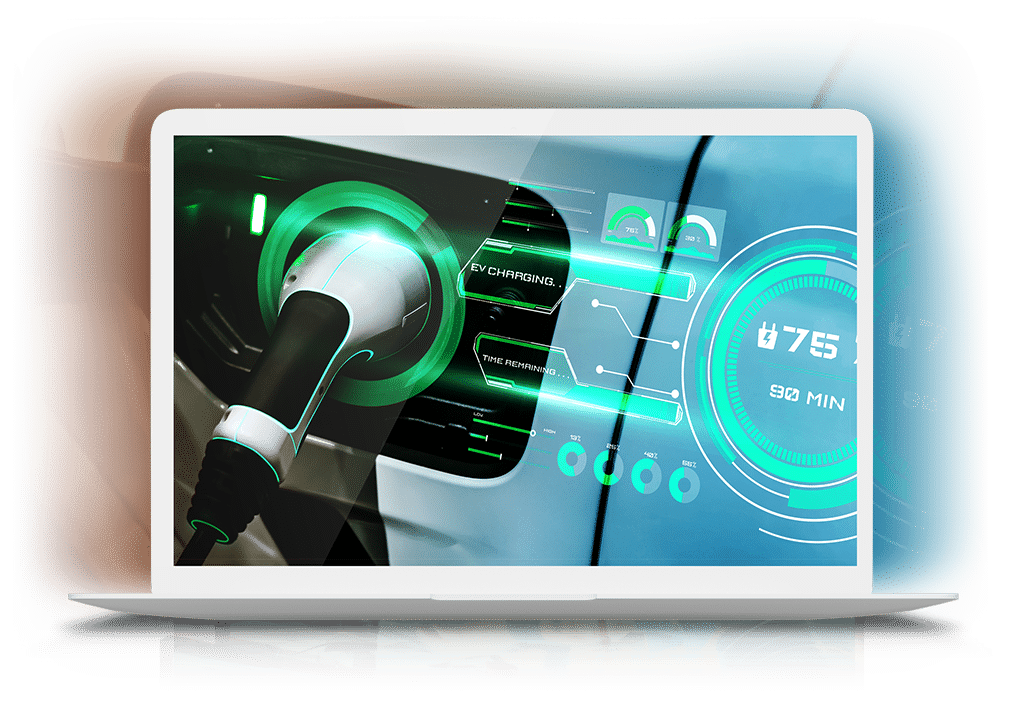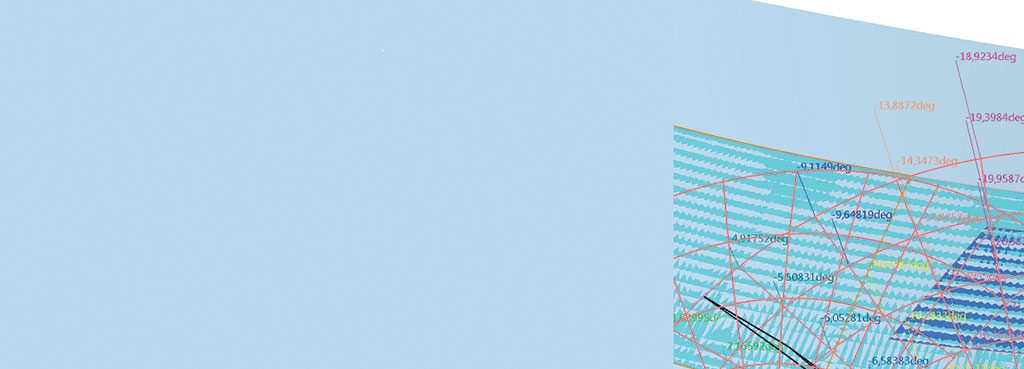
Marshall
Marshall Aerospace and Defense Group is the first to use CAVA Vision for the customization of aircraft.
About the client
Marshall Aerospace is an aircraft maintenance, modification and design company.
What did TECHNIA do?
Marshall became the first company to use CAVA Vision – traditionally used in the automotive sector – for the customisation of aircraft.
What were the results?
“In a recent project, we saved close on 1,000 design hours versus traditional methodologies in the first year alone thanks to CAVA Vision,” Wayne Parker, CAE Group Manager at Marshall, explains.
"In a recent project, we saved close on 1000 design hours versus traditional methodologies in the first year alone thanks to CAVA Vision."
In the automotive industry, the software solution CAVA Vision has already established itself as a standard. Now, after having succeeded on the road, CAVA Vision has set out to conquer the skies, too. Marshall Aerospace and Defense Group is the first to use the software for the customization of aircraft.
Challenge
Declaring customer service as well as innovation and creativity as two of their core values, Marshall constantly seeks to innovate. Thus, the independent aerospace and defence company sets about searching for solutions that would allow them to work faster with the highest possible levels of accuracy for the maximum customer benefit.
Having heard of TECHNIA’s CAVA software before, a specialized solution for the automotive industry, Marshall reached out to TECHNIA’s experts to adapt the software to their needs. In this case, a smart solution involving the positioning of antennas and sensors on the outer space of an aircraft for communication purposes and threat detection was needed.
Developing a software which allows Marshall to create multiple obscuration plots. The models are designed from the pilot’s point of view to ensure that no obstructions exist in fields of view when measured from sensors fitted to the aircraft.
However, the creation of the required obscuration plots is an immensely time-consuming task with an average aircraft requiring at least 1000 individual reflect lines to outline the surface of the airplane.
Changing the position or adding sensors requires the whole setup to be recreated. Furthermore, it includes the possibility of human error, since a designer has to manually create such plots and even the slightest deviation could distort the results.
Solution
Given that CAVA is based on the generic software CATIA by Dassault Systèmes and was developed in a joint project with German car manufacturers to address their specific needs, Marshall’s and TECHNIA’s experts worked together to do the same for the aerospace and defense industry.
In particular, CAVA Vision matched Marshall’s specific requirements of aircraft modification best. Originally, CAVA Vision was developed to support the vehicle construction process with regard to the requirements of the driver’s direct and indirect vision.
Even though it had a perceived automotive bias, Wayne Parker, CAE Group Manager at Marshall, was able to identify significant parallels to a potential software solution they were seeking. After extensive testing and collaboration, TECHNIA’s experts devised a workflow of how to adapt CAVA Vision to the specific requirements of aircraft modification.
Gains
Following further testings, CAVA Vision was implemented at Marshall in March 2015 – and has been used successfully since.
“In a recent project, we saved close on 1000 design hours versus traditional methodologies in the first year alone thanks to CAVA Vision”, Wayne Parker explains.
Then he adds: “That is an immense amount of time saved which enabled us to better serve our customer. Design modifications which previously would have required us to recreate the whole exercise, now can be undertaken within 10 or 20 minutes. And this is not the only advantage: using the software also means that several people can work on the same obscuration plot and the level of accuracy is significantly higher than before. Since we have used CAVA, there are no longer variations in results and the factor of human error has become insignificant.”
Also, TECHNIA’s experts draw a positive conclusion after the project with Marshall:
“CAVA was a success story when we introduced it for the automotive industry. The fact that CAVA Vision is now effectively used at an aerospace company shows how versatile our software is – and that our expertise allows us to apply it to individual requirements,” states Wolfgang Klemm, Project Manager at TECHNIA.
Marshall was the first aerospace company to introduce CAVA Vision, but might not stay the only one. Even though modifications might have to be made for future customers, this project introduced CAVA to a whole new sector.
“After having conquered the road, we are now setting out to conquer the skies,” Klemm says jokingly. And who knows – maybe the seas are next.
Photos: Second Picture: Copyright Dreamstime

See how to confidently validate the compliance of your vehicle design and architecture against international standards and regulations.

